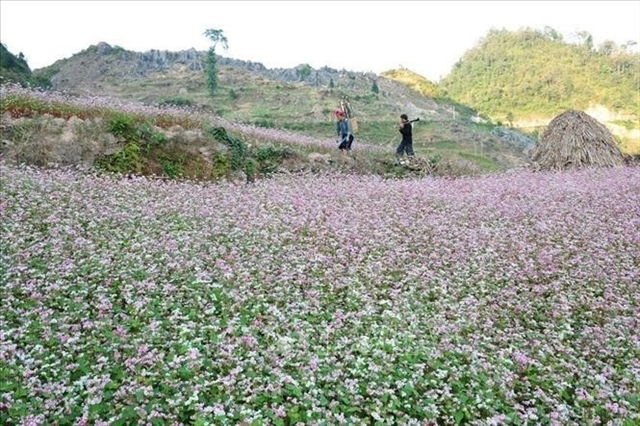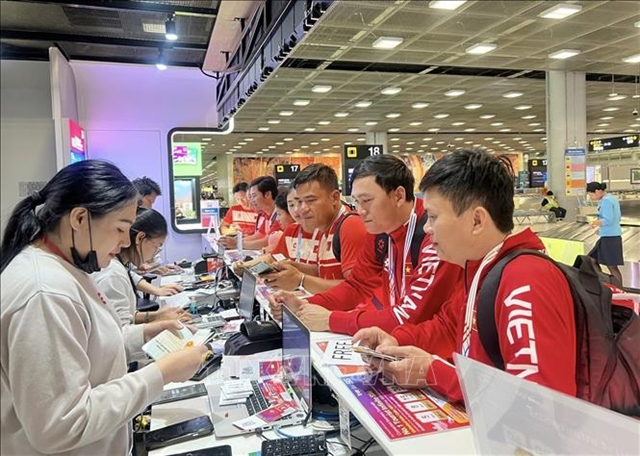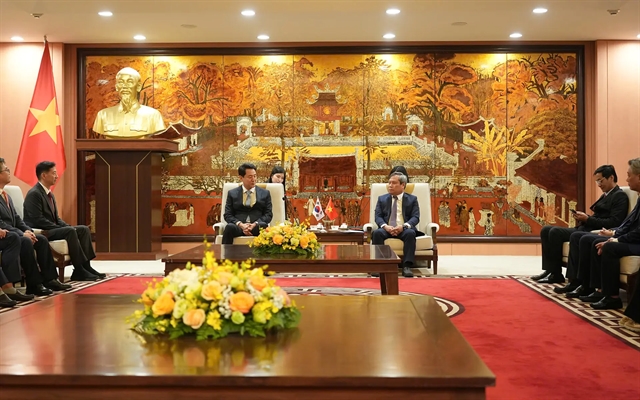 Life & Style
Life & Style

Vietnamese rural areas in the 1970s and the process of urbanisation will be reflected in a new series on Việt Nam Television. Titled Gia Phả Của Đất (Annals of Land), the short films will be broadcast starting this Thursday. Director Trần Quốc Trọng spoke with Minh Thu about the filmmaking process.
 |
| Film Director Quốc Trọng |
What did you mean when you named the film Annals of Land?
The film is about the lives of people in northern rural areas from the 1970s to the đổi mới (renewal) period. I think each land has its own faith. Its annals are recorded as time flies. The annals are dull or glorious, depending on the people who live on that land.
Beside entertainment films or ones reflecting city life and modern society, Việt Nam Television still focuses on the genre of war, history and rural areas, which reflect Vietnamese identity, tradition and culture.
This film gives a close-up of life in the period of urbanisation and conversion in the renewal process that corrupted people’s morals and created many tragedies. Sincere farmers became hungry for success, greedy for fame and wealth, and ready to fish in troubled waters.
As you said, I feel that the film makes some negative statements. Is there anything positive thing here, or something that will make the audience feel good about things?
In this film, there is no absolute villain and no absolute hero. I reflect both sides, good and bad, in each person. They have to fight with themselves to resolve the conflict between the good and bad inside them.
Ngân Yến, at the beginning, approaches Trần Danh, son of the district’s leader, to seek profit, as her mother wants to invest in real estate. As her mother wishes, she becomes Danh’s girlfriend to take advantage of the relationship. But then, she discovers that she really fell in love with Danh and decides to stay with him even when he’s in a stalemate.
The love story between them is the bright point of the film.
The film is about life in the countryside in the 1970s. Did you have any difficulties recreating that context?
There were many more difficulties than I expected. I made the series Bí Thư Tỉnh Ủy (The Provincial Party Committee Secretary), which received three Golden Kite Awards in 2010, in the northern region. I believed that all houses, lands and places I shot at for the film would still be there to make Annals of Land. However, when I returned to survey, I was totally shocked, as it was nothing like before. The local people built new houses. The village pathways were replaced with concrete roads. The century-old temple was restored with a new coat of paint and no moss. I was very upset.
Right when I was desperate, I had a chance to visit my friend’s homeland in the
Aside from using old-fashioned costumes and make-up for actors and actresses, what created the “colour of the time” so the audience feels like it is happening in the past?
This is the first film where we used a new dye technique Việt
This technique really saved us. It can create a colour in the fields that are lush with ripening rice. All the scenes have yellow ripening rice. If we have to wait for the real ripened rice to shoot, it would take many seasons to finish. Thanks to this dye technique, the work is carried out even when the rice plants are young. VNS




